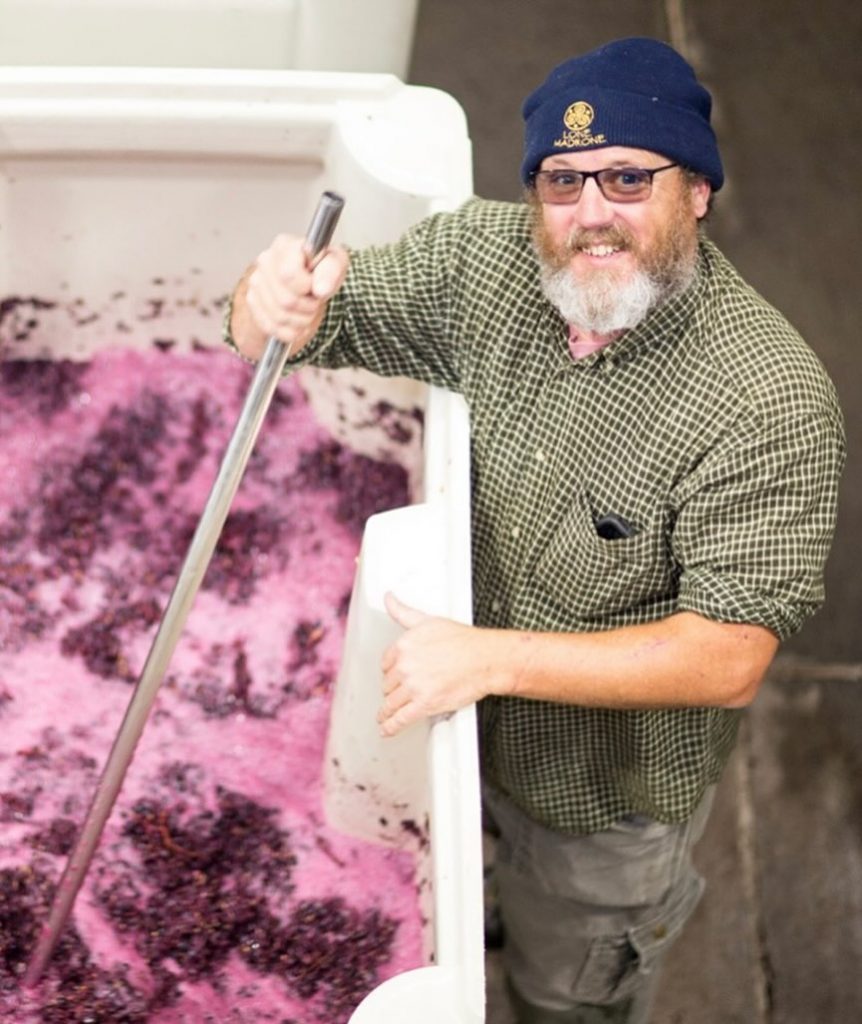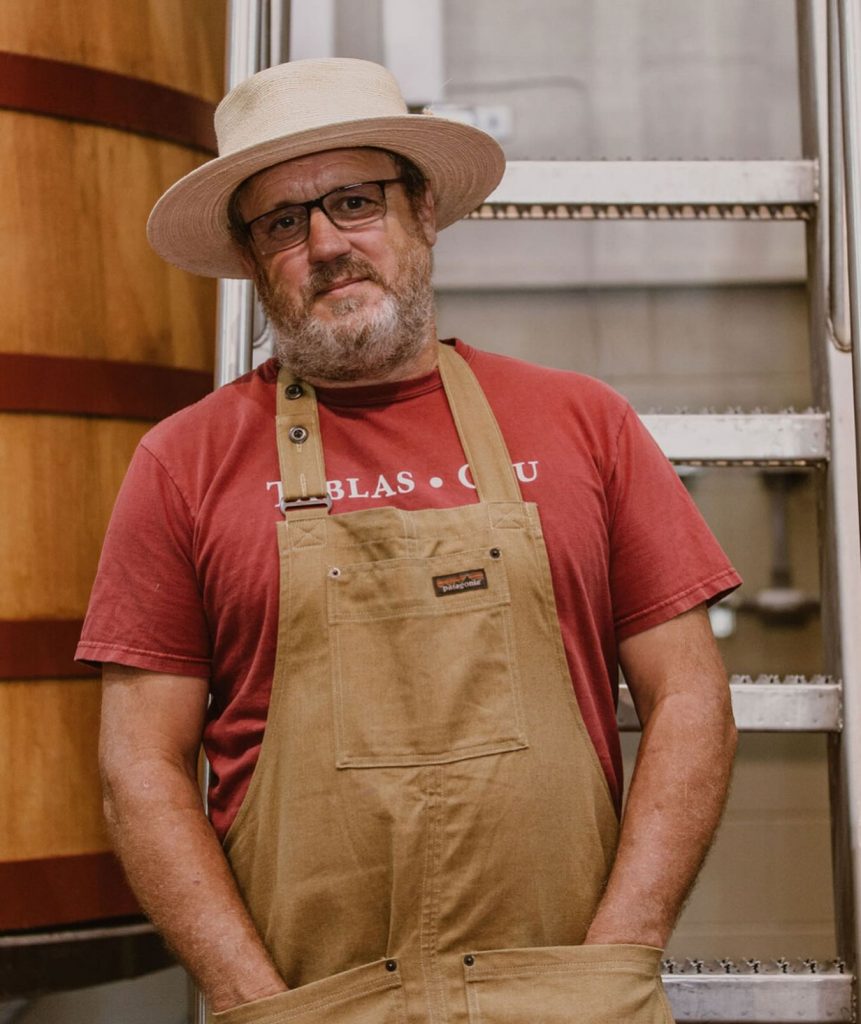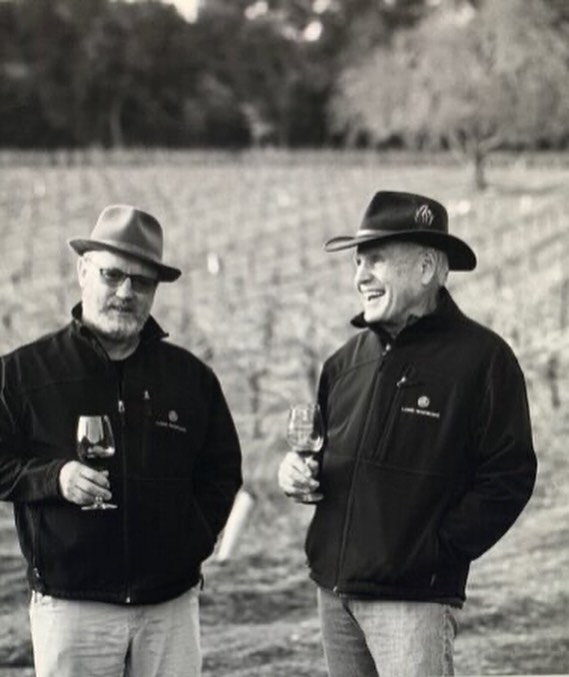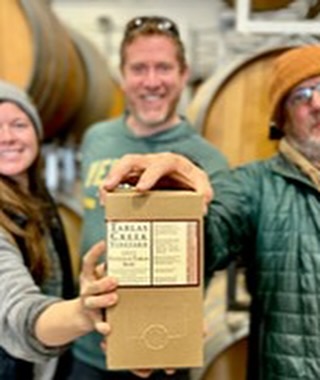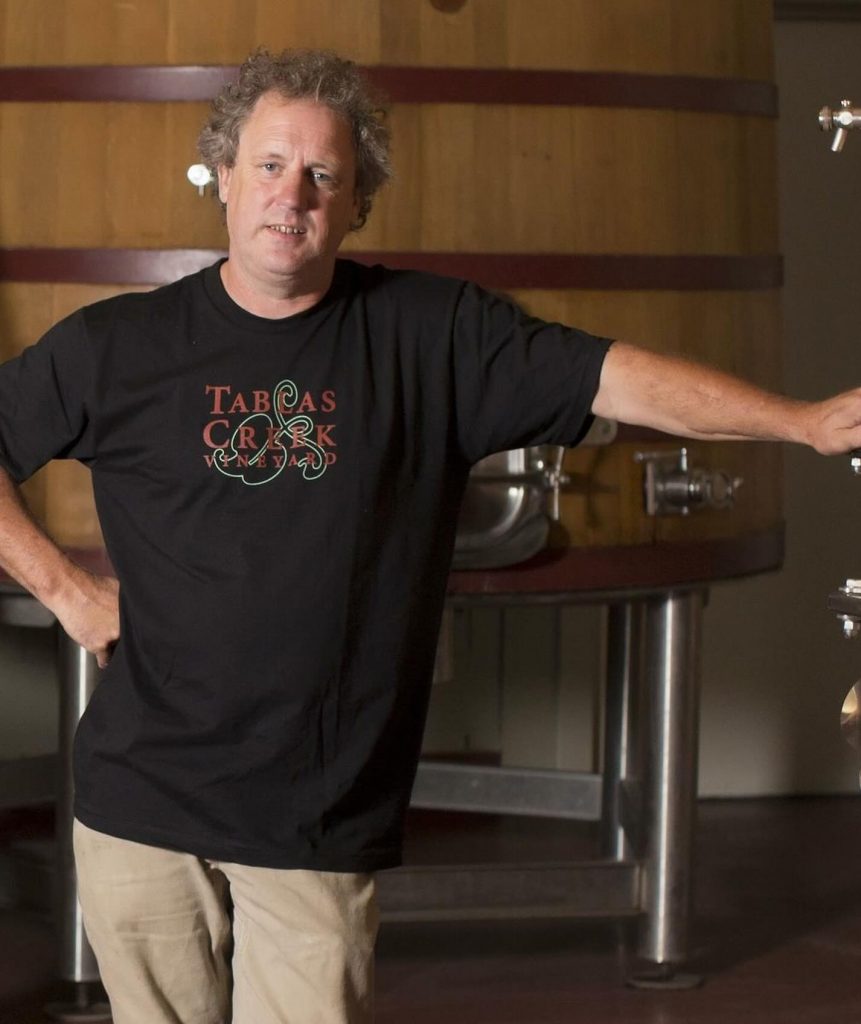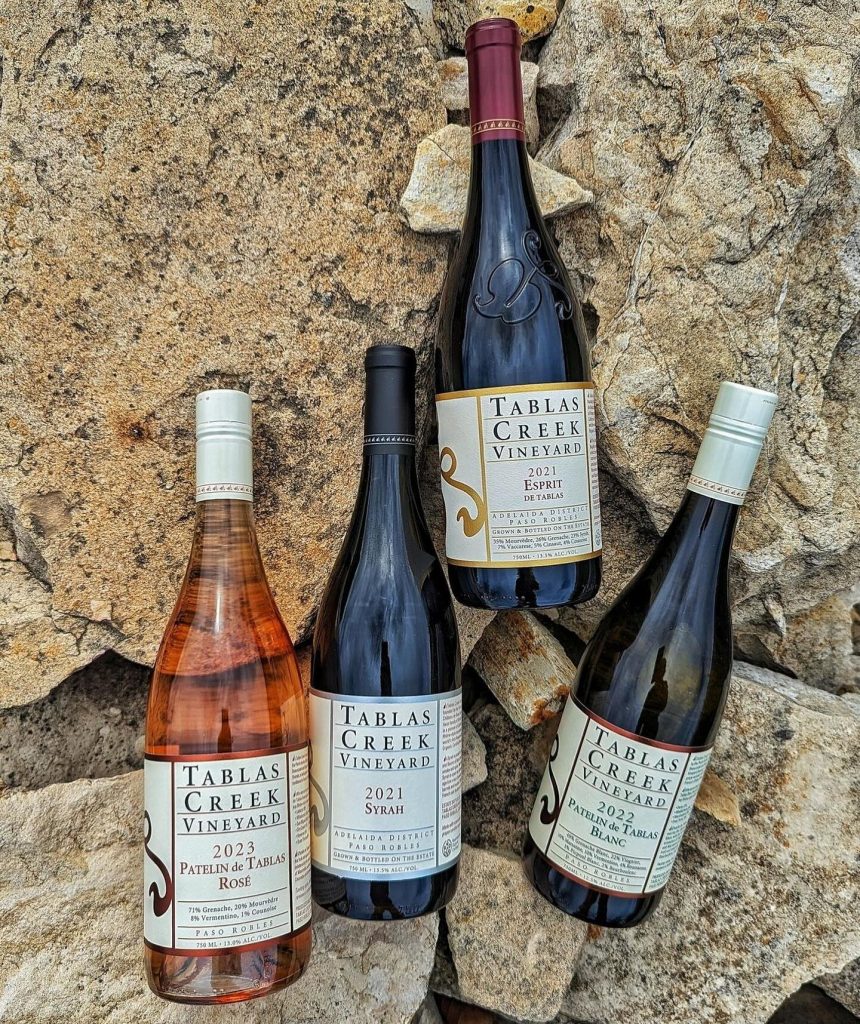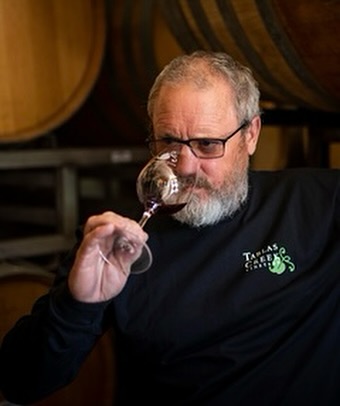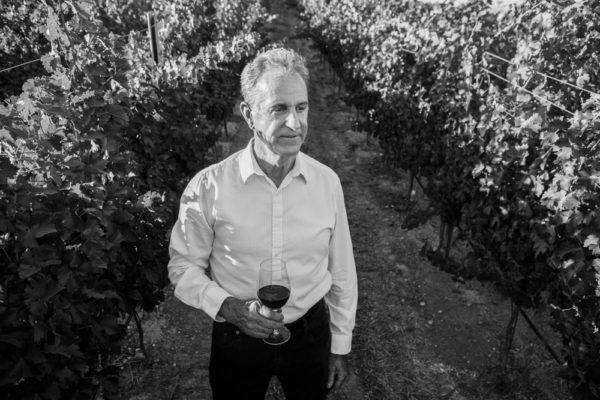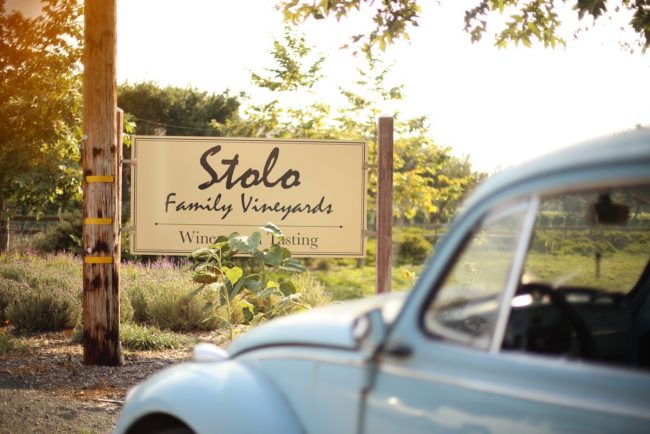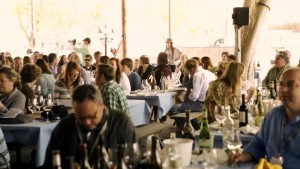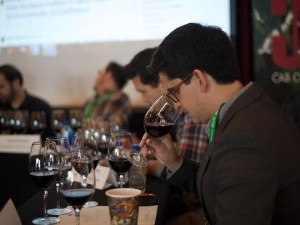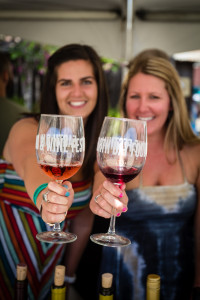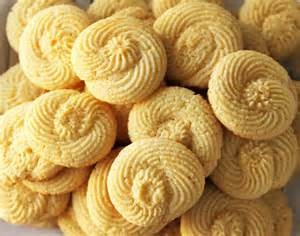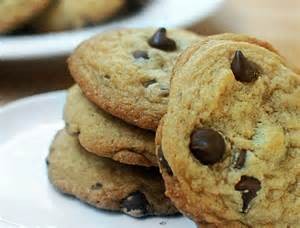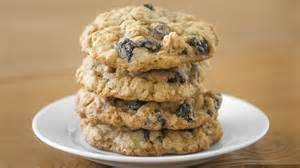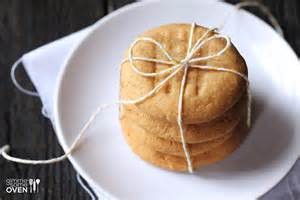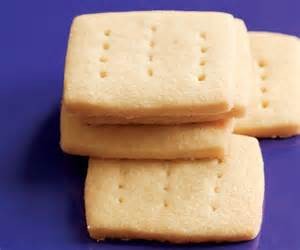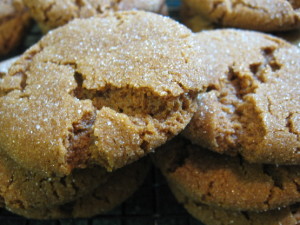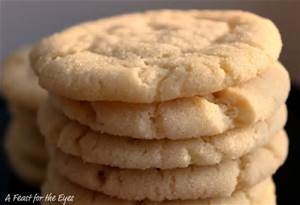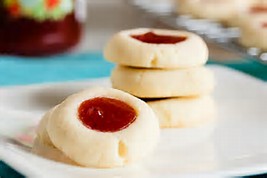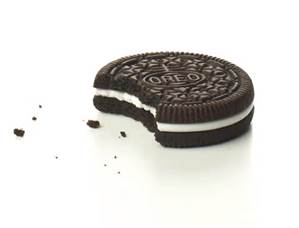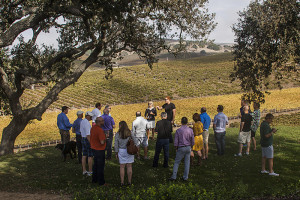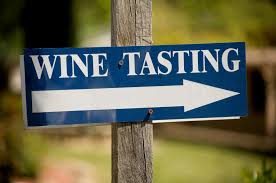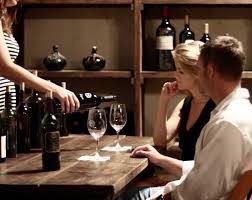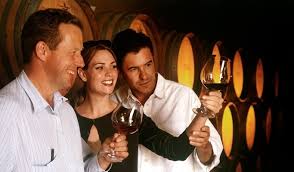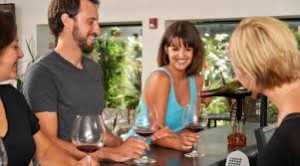How do YOU like your Syrah?
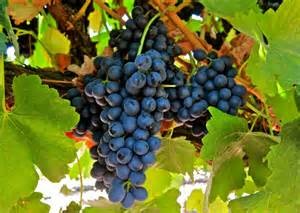
Syrah Grapes
You can buy a Gala apple from Chile, New Zealand, Mexico, the U.K. and the U.S. and each will taste pretty much the same. That’s the idea.
Not so with wine grapes. Fruits they may be, but where and how they grow (terroir) has a huge impact on grapes and the wine made from them , even within the same country or region. Sangiovese from the cool Tuscan coast, for example, offers wine that tastes of fresh red cherries; sangiovese from Montepulciano, a bit inland and warmer, tastes more like cherry cough drops. Splitting hairs? You be the judge. Get out in the field on a Breakaway Tours wine tour, and let your senses guide you!
It’s mainly climate that affects the difference. Cool climates matter in ways warm climates don’t, and vice versa. That’s becoming clearer with each vintage, from many places around the globe, notably with the red wine grape syrah. It was a conversation with a friend that piqued my curiosity about this specific varietal and why the cool climate/warm climate syrah debate is so polarizing.
Cool-climate syrah (sometimes called shiraz) smells, tastes, even feels different as a wine than that from warmer vineyard areas. And wine tasters, once they put them side by side (in place or memory), might well prefer one to the other precisely for these differences.
Most of these differences are accounted for by how this grape ripens, a function of climate if ever there was one. Four processes occur simultaneously as red grapes ripen, but each not always at the same pace.
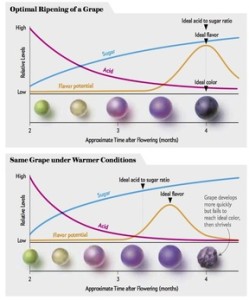
Ripening Graph
Sugar accumulates in the grapes; acidity lowers; pigments and other phenolic matter (the stuff that floats in the juice and makes red wine red) thicken and darken; tannins mature and soften. Winemakers, in concert with vineyard workers, aim to have these four processes synchronize through the summer and reach their peaks together at harvest time.
In warm climates, however, quickly rising sugar levels (and concomitant falling acidity) often outpace the other two processes and a winemaker simply must pick the grapes, though they be phenolically immature, else the resulting wine be overly high in alcohol and dull from low acidity.
Cool climates, on the other hand, may on occasion be too cool, and these processes won’t team well together or sometimes one or another just never reaches the finish line, rendering a wine out of balance.
That explains any vineyard’s most sought-after descriptor: warm days and cool nights — warm days to enrich and mature the grapes; cool nights to retain acidity and maintain an even pace, like a conductor waving his baton.
Syrah used to be raised in warm-climate vineyards only, the thinking being that this specific grape required a generosity of climate. But not only do grapes mature over time, so do vineyard and winemaking practices. Helped along by global warming (getting our science on here, folks) , winemakers learned how to extract even more from syrah than ever before. The result was syrah wine high in alcohol, port-like, with fruit cooked in flavor and of lackluster acidity.
However, many of those same vineyard and winemaking skills, put to work in cool-climate vineyards and wineries, brought forth wines that were coated in other colors. The French in the northern Rhone had enjoyed these sorts of syrah for eons, but the rest of the world has been leaning toward them only of late.
Outside of our more local California offerings, syrahs arrive from Chile and Washington state now, both rather spectacularly, and from cooler pockets of our West Coast, some Australian vineyards, even New Zealand and Argentina.
Here in California, in the Bien Nacido area of Santa Barbara County, boasts a specific climate quote suited to the more cool climate syrah. Climates have been called ‘pinot noir cool’ in the summer. Winemakers can leave the grapes to hang until late October. This late harvest time has become the norm in this region.
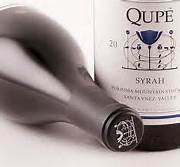
Qupe Vineyards
Take Qupe Vineyards Syrah, a good example of cool-climate growing — ebullient, energetic fruit with low alcohol and tangy acidity — it illustrates the aging capability that such wines have over many warm-climate syrah, with notable vintages dating to the 1991 vintage.
Here’s something awesome – you can experience the difference between cool- and warm-climate syrah if you can get your hands on a pair of Andrew Murray Vineyards syrahs and taste them side by side. The 2010 syrah, Watch Hill Vineyard ($30), comes from a cool pocket in the Santa Ynez Valley of the south Central Coast of California. It’s “refreshing,” with aromas and flavors of “bright red fruits (such as) cherries, raspberries, currants and cranberries,” according to Murray. He fashioned his 2009 syrah, Terra Bella Vineyard ($36), from vineyards in Paso Robles, Calif., to showcase “warm days and cool Paso Robles nights” as he makes “the darkest wine in the cellar … (from) Australian shiraz-style grapes with profound hedonistic flavor.”
So, whatever your preference – Warm or Cool, grab a bottle of Central Coast Syrah today and reflect on the amazing diversity of this varietal. Better yet, let Breakaway Tours introduce you to the wines where they are made. Give us a call today.
Below are some local recommendations for amazing Syrah. Cheers!
Be Cool
2011 Odonata Wines Coastview Syrah, Monterey County / $32
2012 Sinor-Lavallee Bassi Vineyard Syrah, Central Coast / $28
2013 Melville Estate Syrah, Santa Rits Hills, Santa Barbara County/ $32
2011 Qupe Sawyer Lindquist Valley Syrah, Edna Valley / $35
Keep Warm
